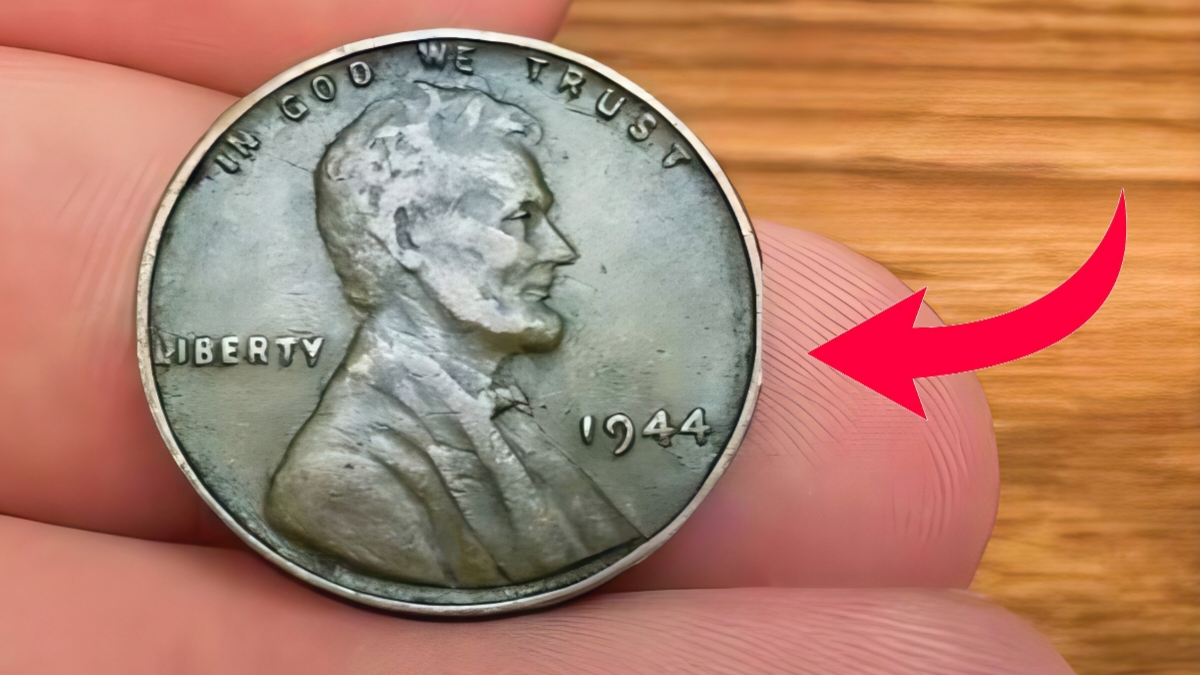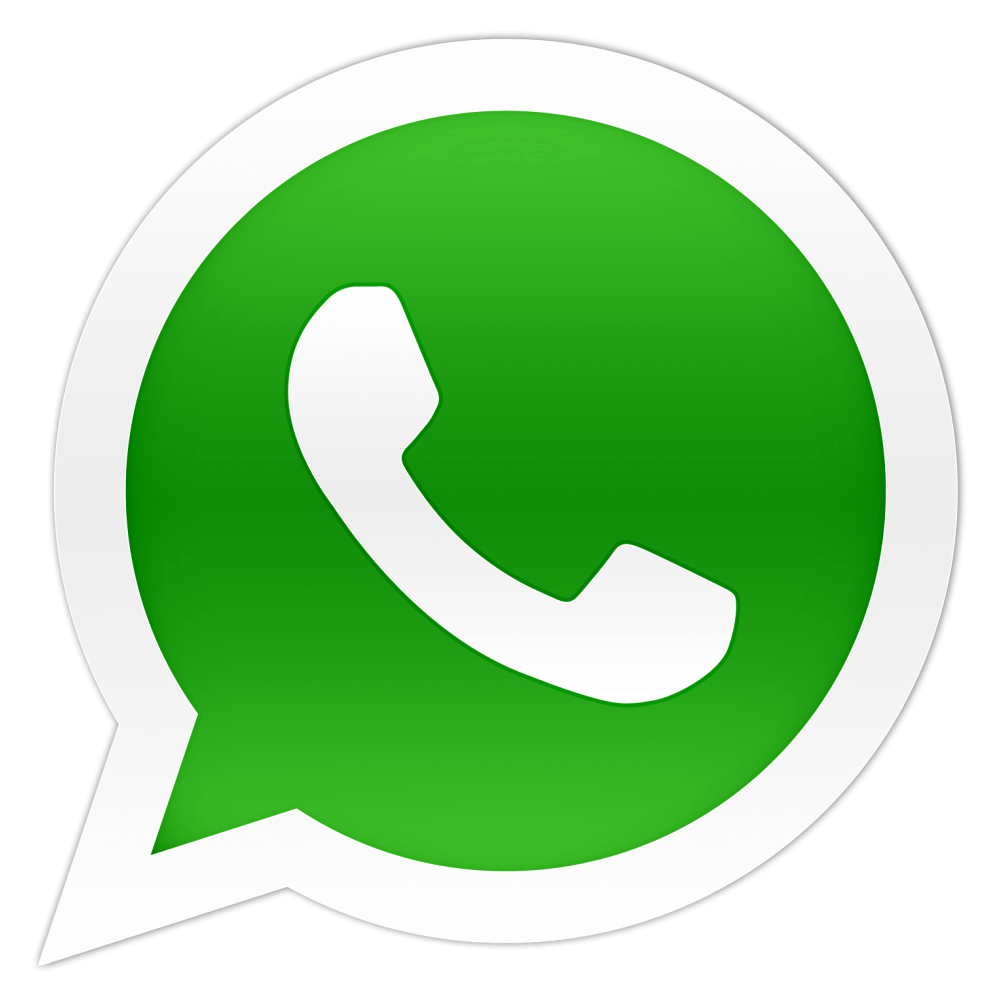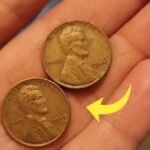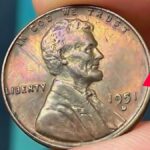The Lincoln Wheat Penny: Most people overlook one-cent coins, often tossing them aside or leaving them in drawers. Yet a rare few among these seemingly ordinary pennies hold astonishing value. The Lincoln Wheat Penny, particularly certain versions from the 20th century, can be worth thousands—or even millions—if it’s the right coin in the right condition. Among the rarest is the 1943 Bronze Lincoln Penny, which was auctioned for more than $200,000, capturing global attention for its rarity and backstory.
Discovery of a rare coin
In 1947, a high school student named Don Lutes received change at his school cafeteria and unknowingly picked up one of the rarest pennies in U.S. history. That coin turned out to be the 1943 Bronze Lincoln Penny, a type virtually unknown to the public at the time. Don kept the coin for decades, never attempting to sell it. As his health declined, he turned the coin over to Heritage Auctions. In 2019, it sold for around $204,000, with proceeds donated to his local library in Massachusetts.
Why 1943 bronze pennies exist
During World War II, copper was in short supply as the U.S. government redirected resources for wartime production. To conserve copper, the U.S. Mint began producing pennies using zinc-coated steel in 1943. However, a few bronze blanks from earlier years were mistakenly left in the machines. As a result, a small number of 1943 pennies were struck in bronze and entered circulation. Today, these misprints are among the most valuable coins ever found in pocket change.
How many still exist
Experts believe that only about 15 to 20 authentic bronze 1943 pennies have ever been discovered. Their scarcity is what drives their astronomical value. It’s entirely possible that more remain hidden in collections, piggy banks, or boxes of old coins. One way to check authenticity is with a magnet: steel pennies stick, bronze ones don’t. Their color also differs, with bronze appearing reddish and steel looking silvery. This simple test could reveal a life-changing discovery.
1969-S Doubled Die Obverse
Another rare penny that commands high prices is the 1969-S Doubled Die Obverse. This coin features visible doubling in the inscriptions “LIBERTY” and “IN GOD WE TRUST.” The doubling is caused by a minting error, where the coin die was misaligned during production. Additionally, the “S” mint mark indicates that it was produced at the San Francisco Mint. Fewer than 1,000 of these coins are believed to exist, and depending on condition, they can be worth tens of thousands.
Real auction prices
Some examples of the 1969-S error coin have been auctioned for as much as $75,000. Even those with slight wear have fetched $30,000 or more. In 2023, a well-preserved piece was sold for $35,000 at a numismatic auction. This shows that even among error coins, condition plays a major role in determining final price. Collectors often seek out crisp, uncirculated specimens, but even lightly used examples hold great value if the error is prominent and the coin is genuine.
1992 Close AM Reverse
The 1992 Close AM penny is another coin that looks normal at first glance but contains a rare design mistake. On the back of regular pennies, the letters “A” and “M” in the word “AMERICA” are spaced slightly apart. But on the Close AM variety, the letters almost touch due to the wrong die being used. These coins were meant to be proofs but entered circulation by mistake. They are far less rare than the 1943 bronze coin but still highly valuable to collectors.
Market value of Close AM
Although roughly 250,000 Close AM pennies were minted, only a fraction have been identified so far. If a collector finds one in mint condition, it can sell for up to $20,000. Used examples still bring in between $2,000 and $3,000 depending on wear and clarity. While not a life-changing amount, this is a significant value for a coin that might be sitting unnoticed in someone’s coin jar or purse. This is what makes coin hunting both thrilling and profitable.
1972 Doubled Die Obverse
Another popular error coin is the 1972 Doubled Die Obverse, which shows noticeable doubling in the date and in the words “LIBERTY” and “IN GOD WE TRUST.” This doubling was caused by a similar minting error where the die struck the coin twice but slightly out of alignment. This error occurred more frequently, and it’s estimated that about 250,000 of these coins were distributed. As a result, it remains one of the most common and affordable doubled die coins available.
Value of 1972 errors
Though less rare than the 1943 bronze or 1969-S doubled die, the 1972 doubled die is still desirable. Coins in good shape typically sell for around $100. If the coin is in mint condition with strong doubling, it might bring up to $500 at auction. Collectors value these not just for their rarity, but also for how well the doubling stands out. Because so many were circulated, many of these coins still turn up in pocket change or older rolls from banks.
Are rare pennies still out there?
Many valuable pennies are still in circulation today, hiding in collections or tucked away in forgotten places. From old wallets to inherited boxes of coins, these treasures often go unnoticed for decades. Coin auctions, led by firms like Heritage Auctions, regularly showcase rare finds brought in by everyday people. With a bit of knowledge and careful inspection, anyone can identify valuable pennies and potentially turn a forgotten coin into a major windfall.
Disclaimer: This article is intended for educational and informational purposes only. Coin values can vary widely depending on condition, authenticity, and market trends. For accurate valuation or verification of rare coins, consult a professional coin grading service or certified numismatist.






Bakri palan karna he mujhe
Loan
सभी सरकारी यौजना होती तो गरीब के लिये लेकिन इसका लाभ श्रीमंत लोग लाभ लेते है
Comming soon 1.20 lakh
Please 🙏